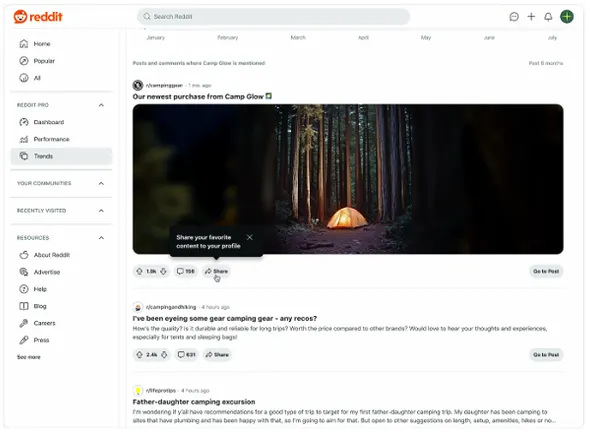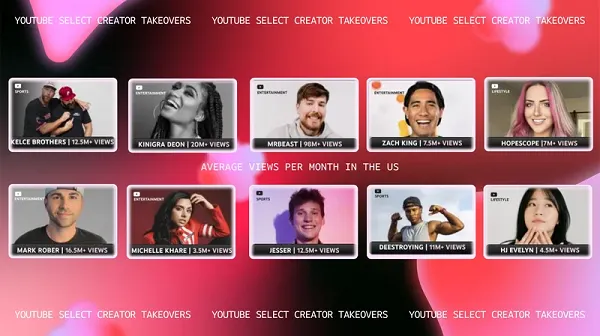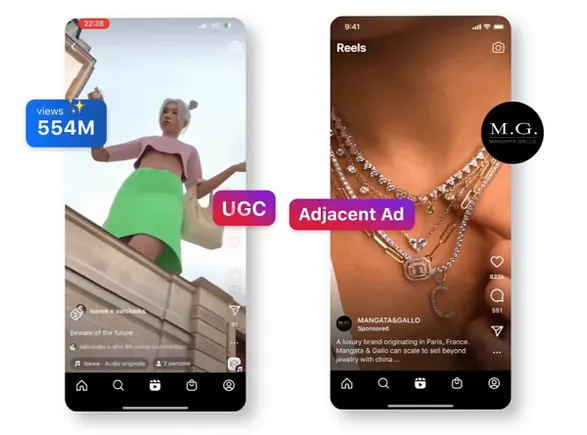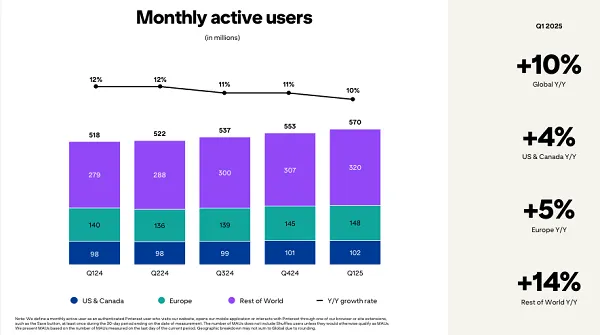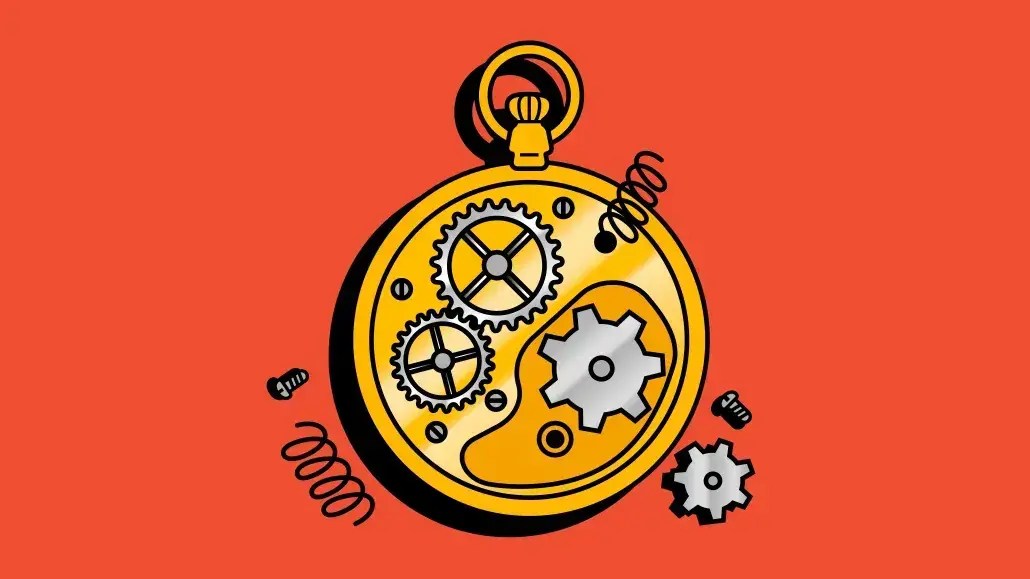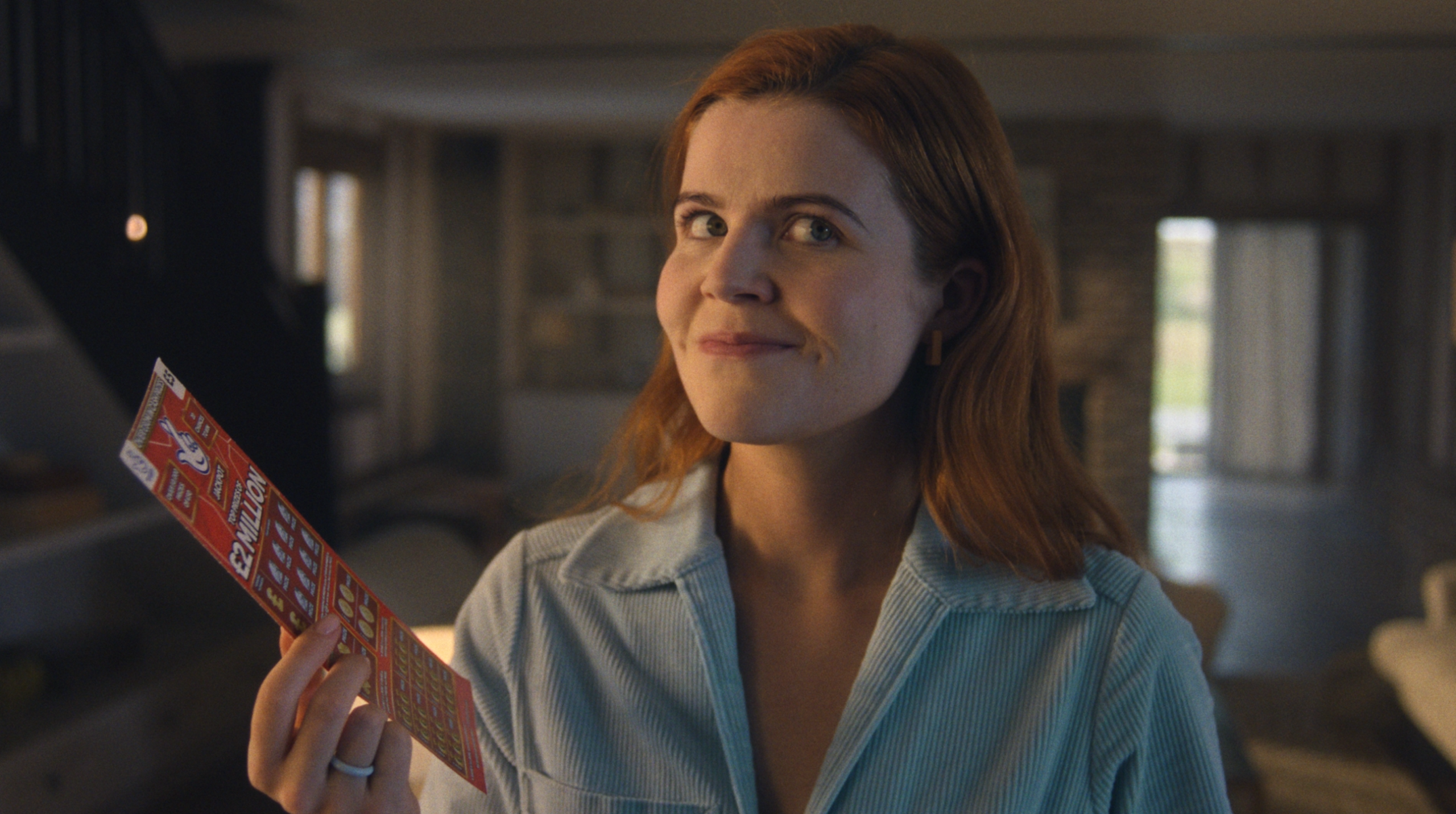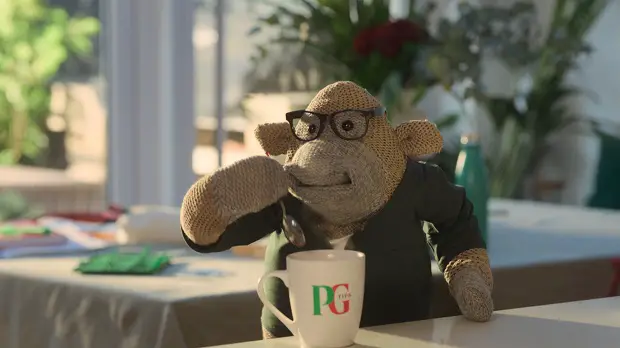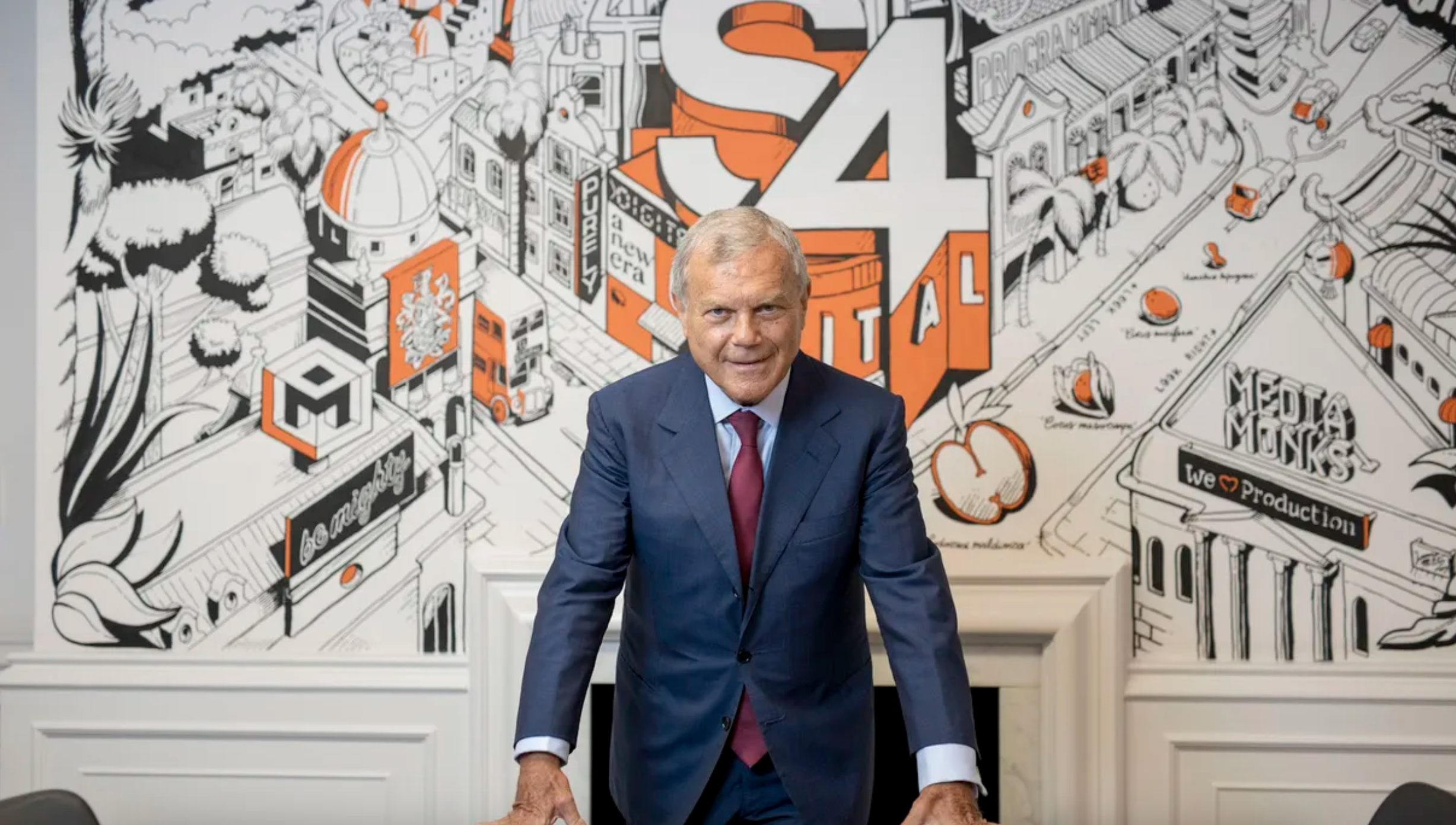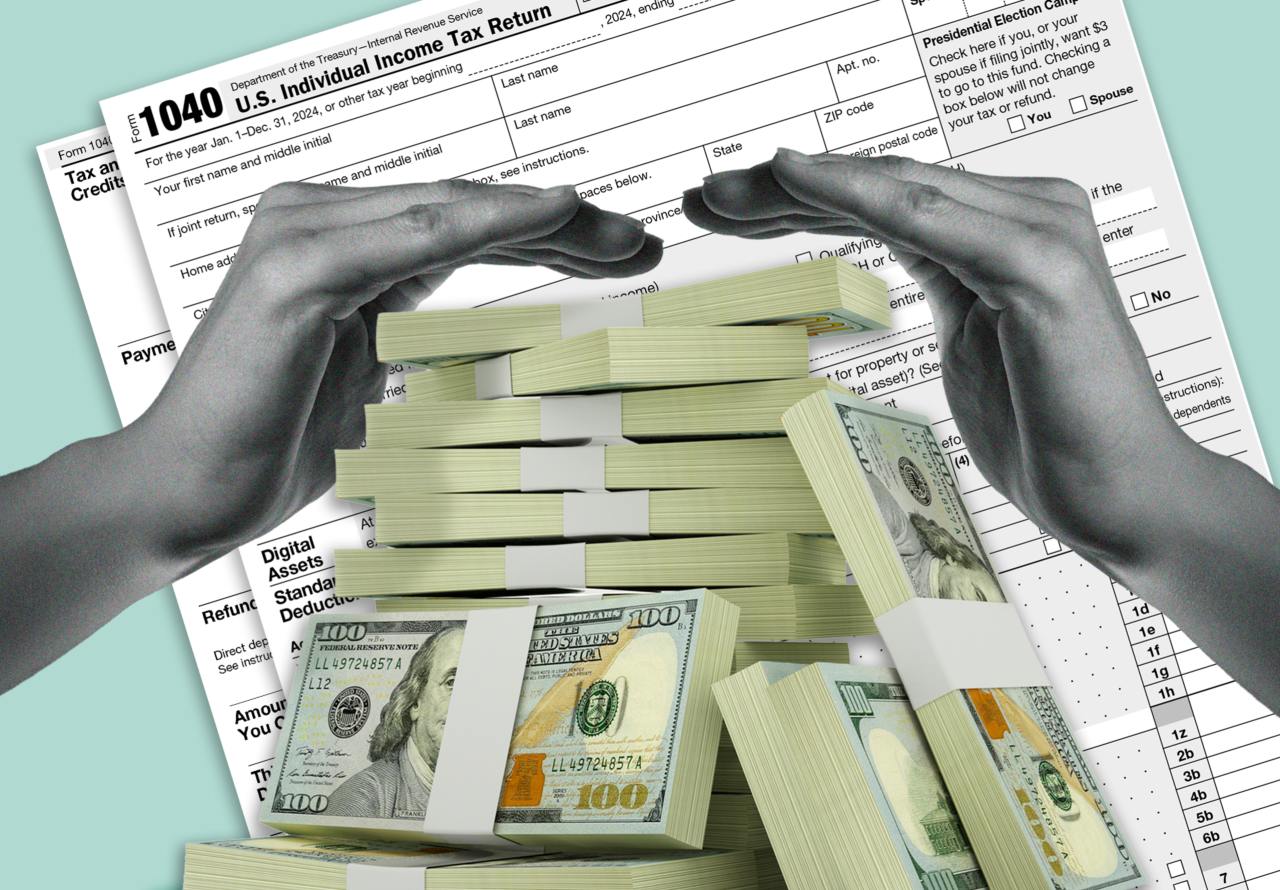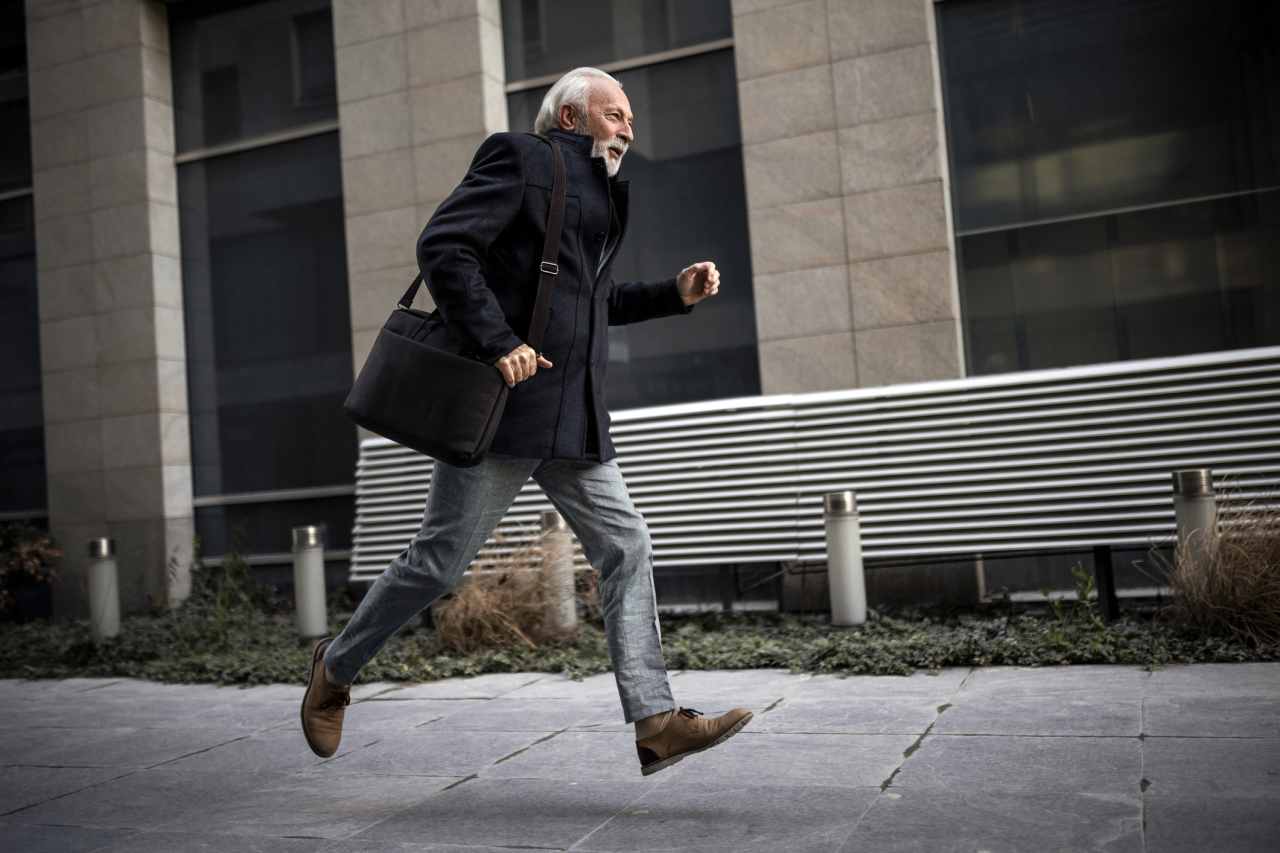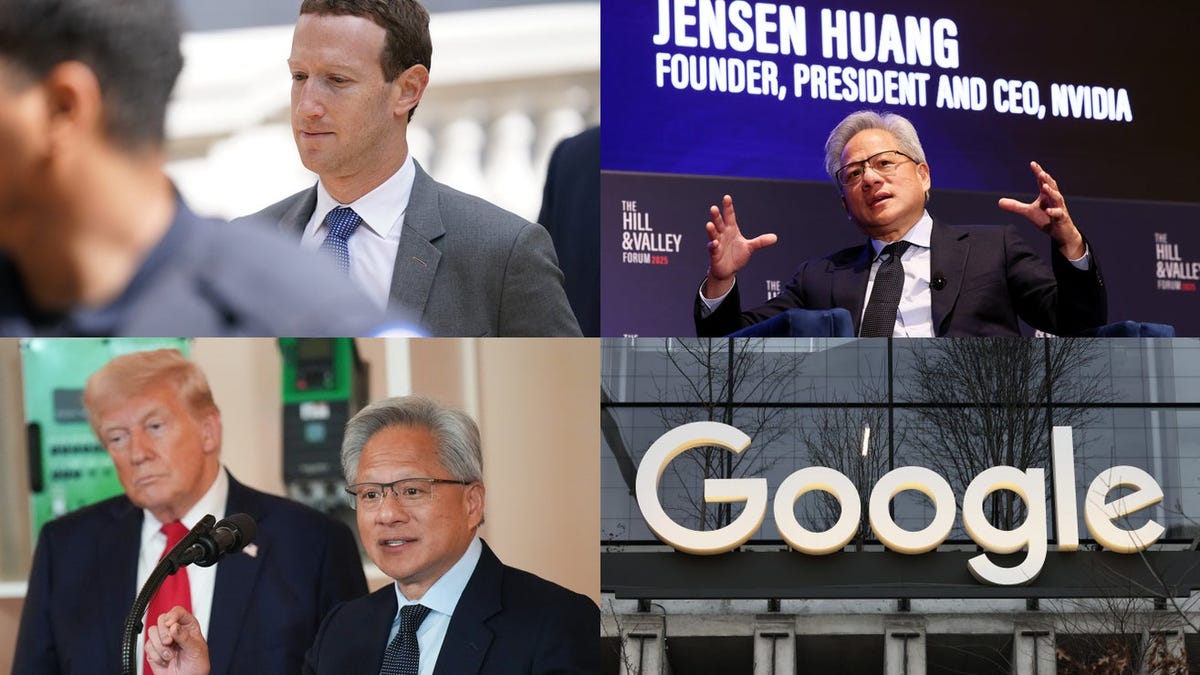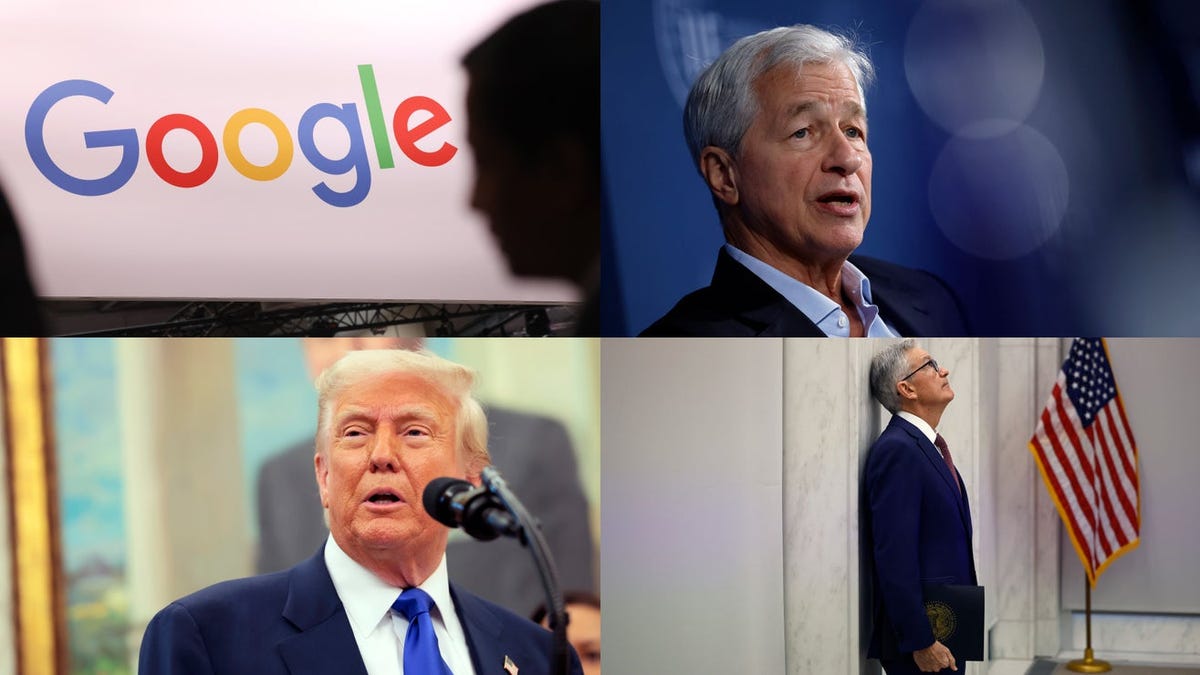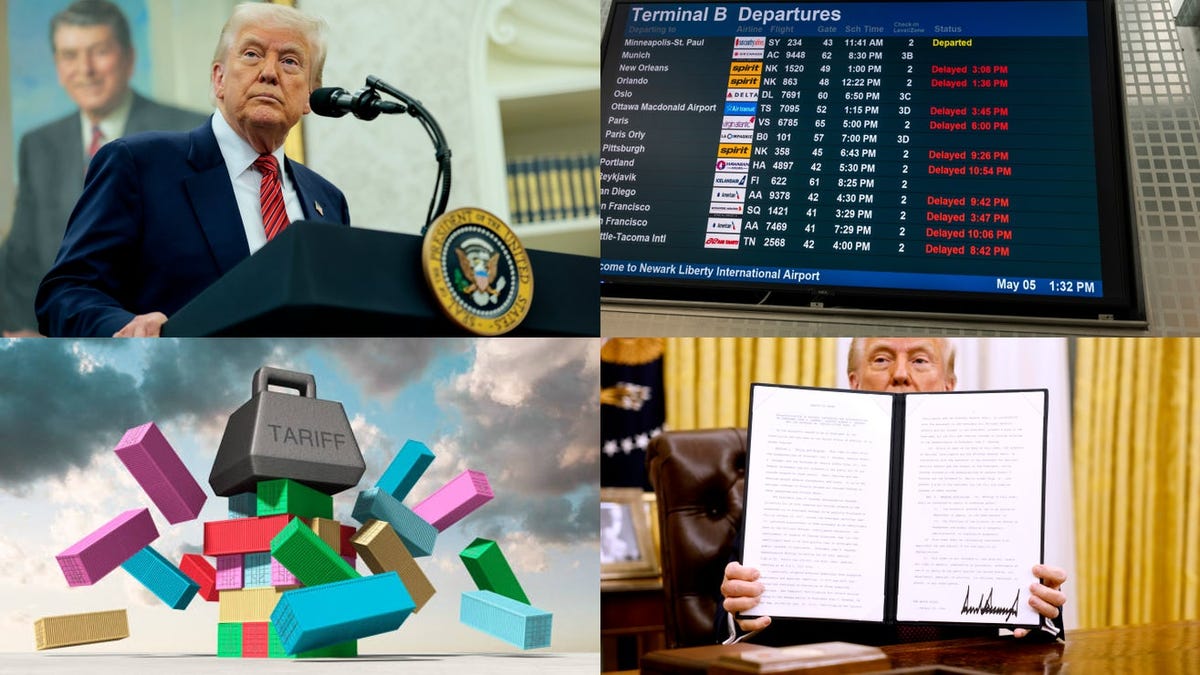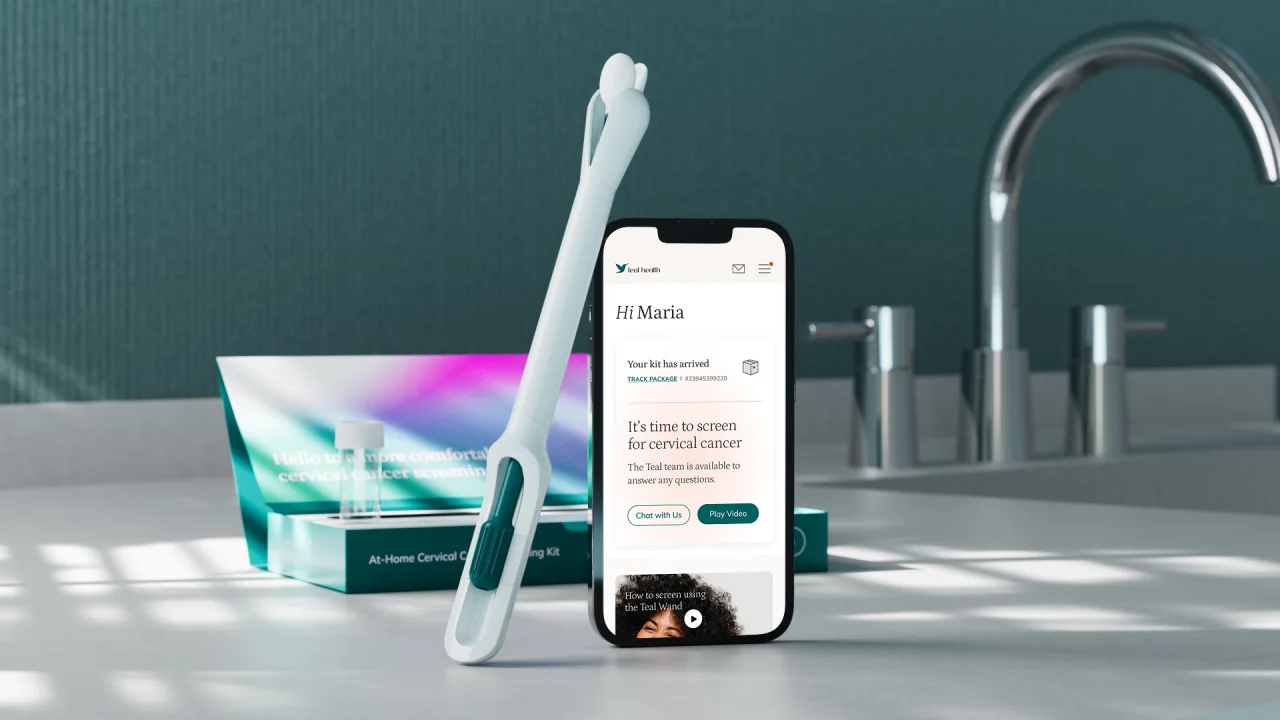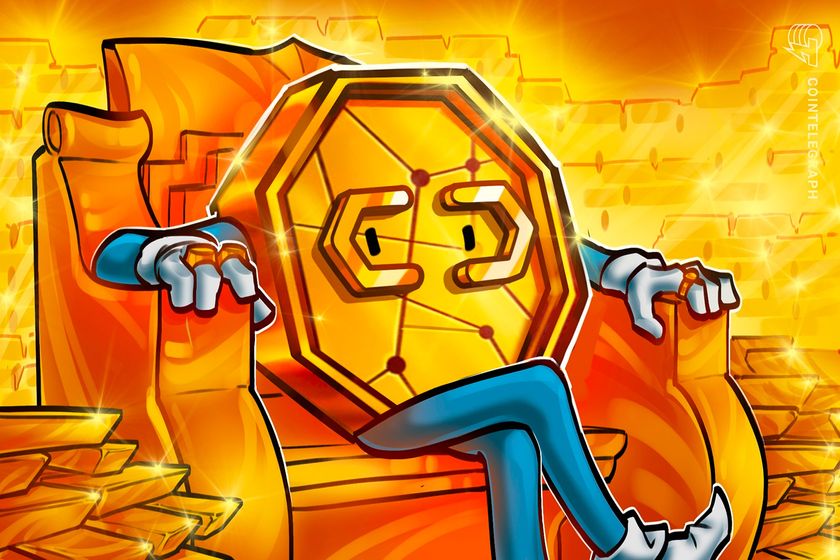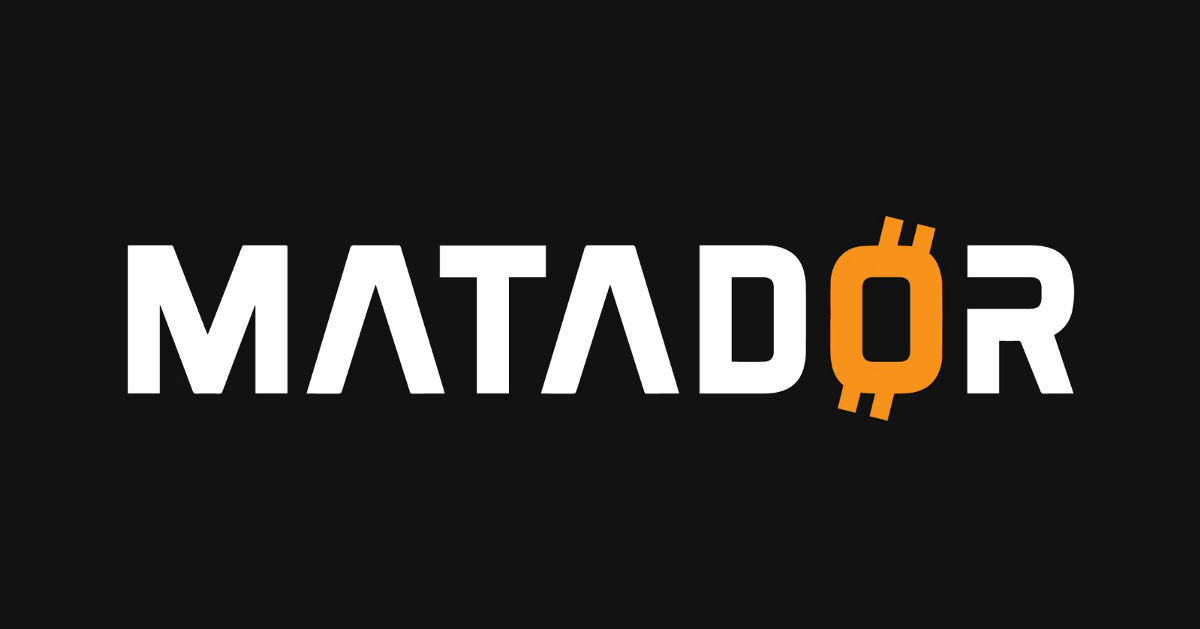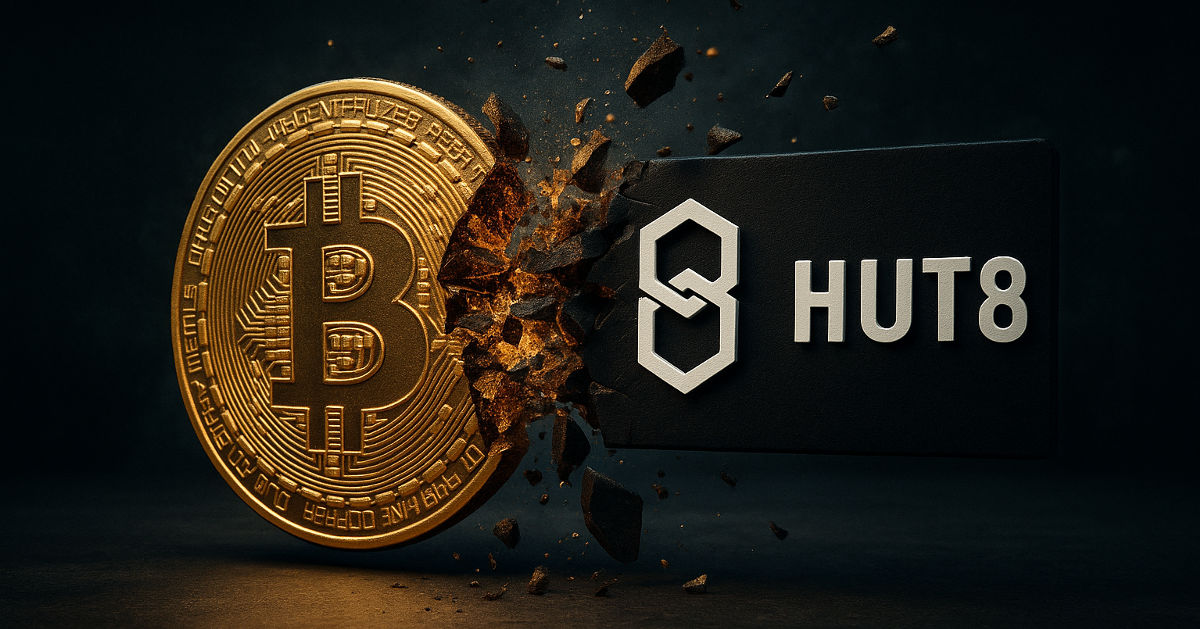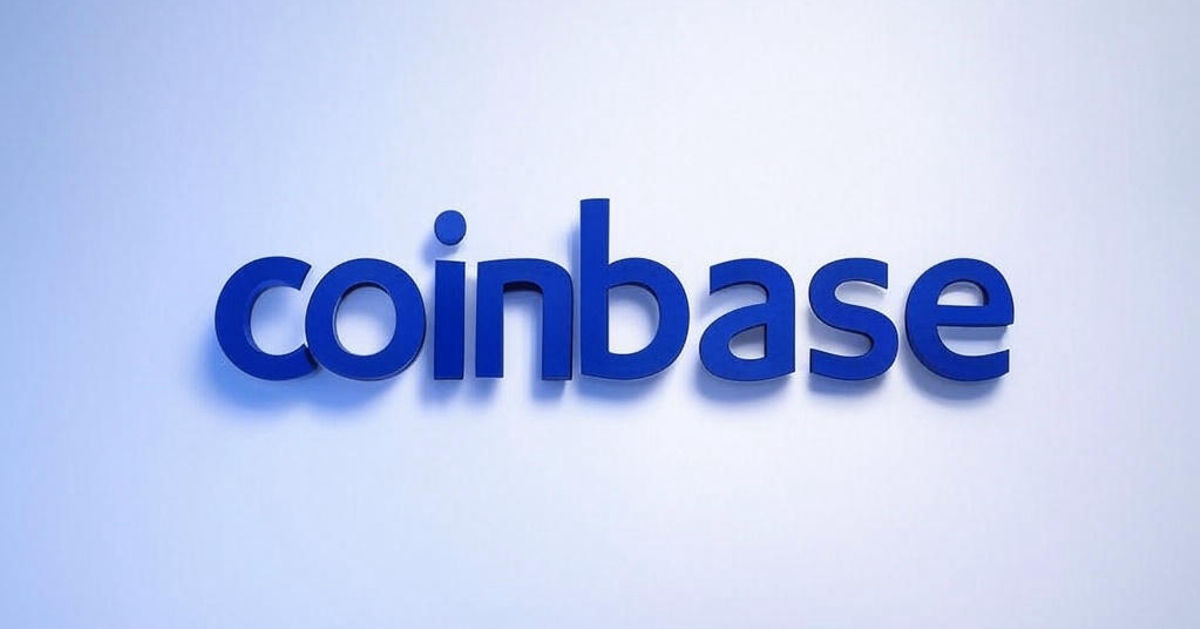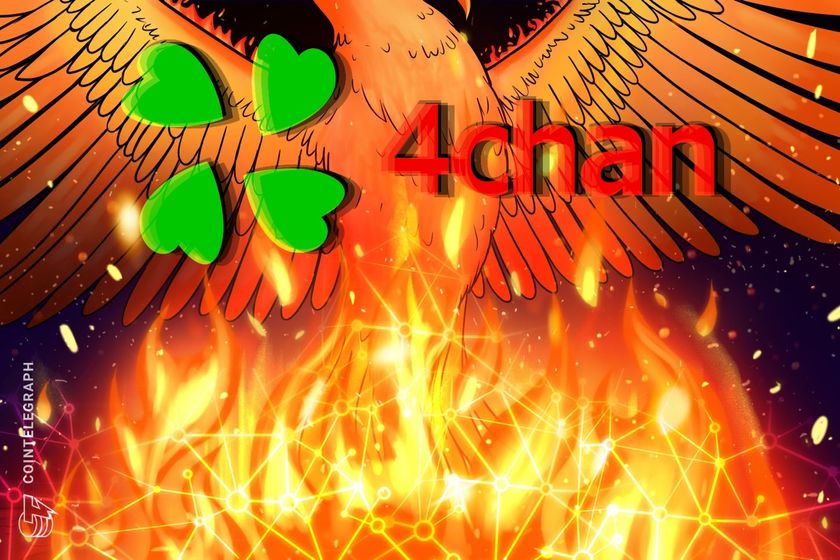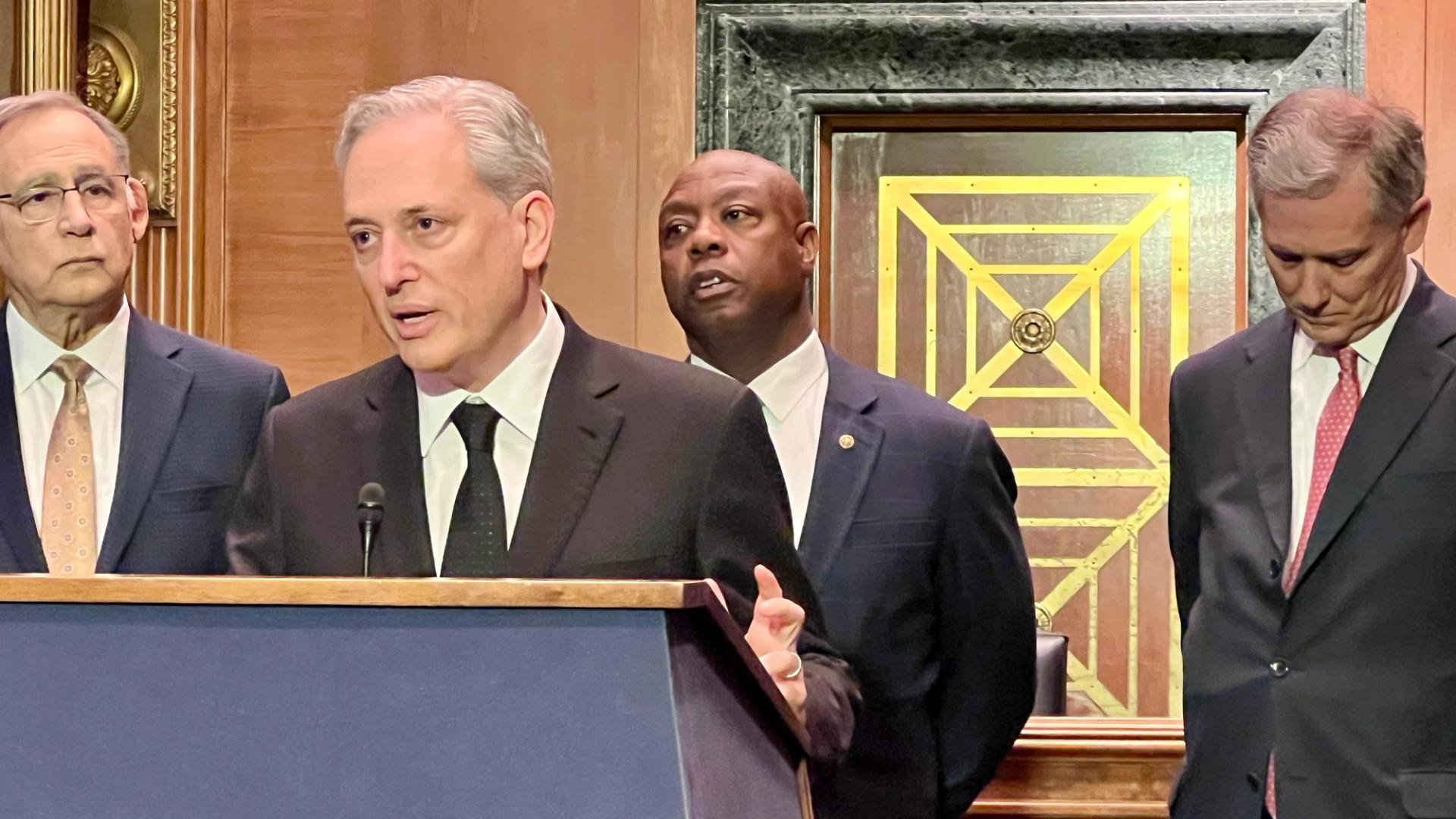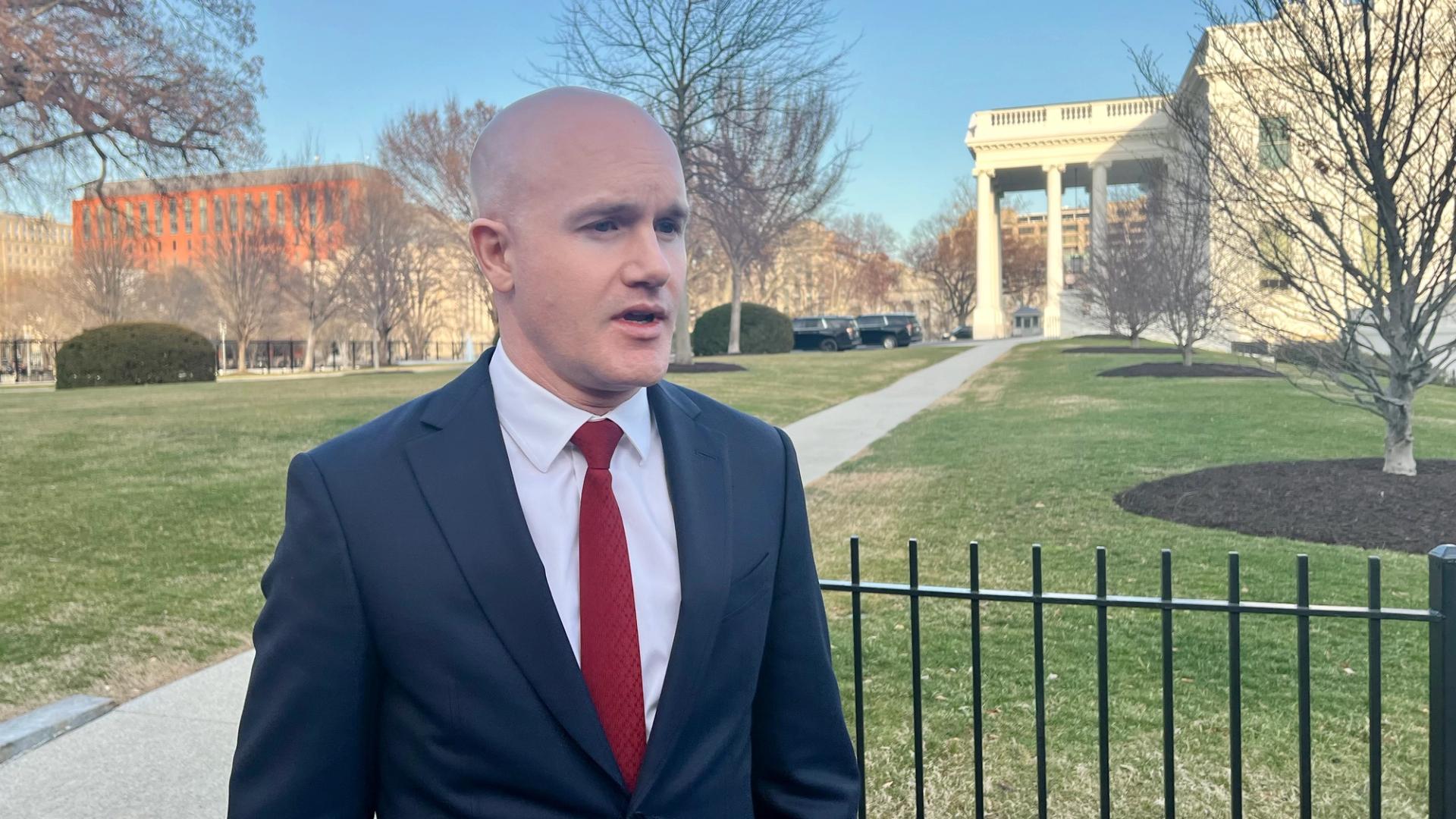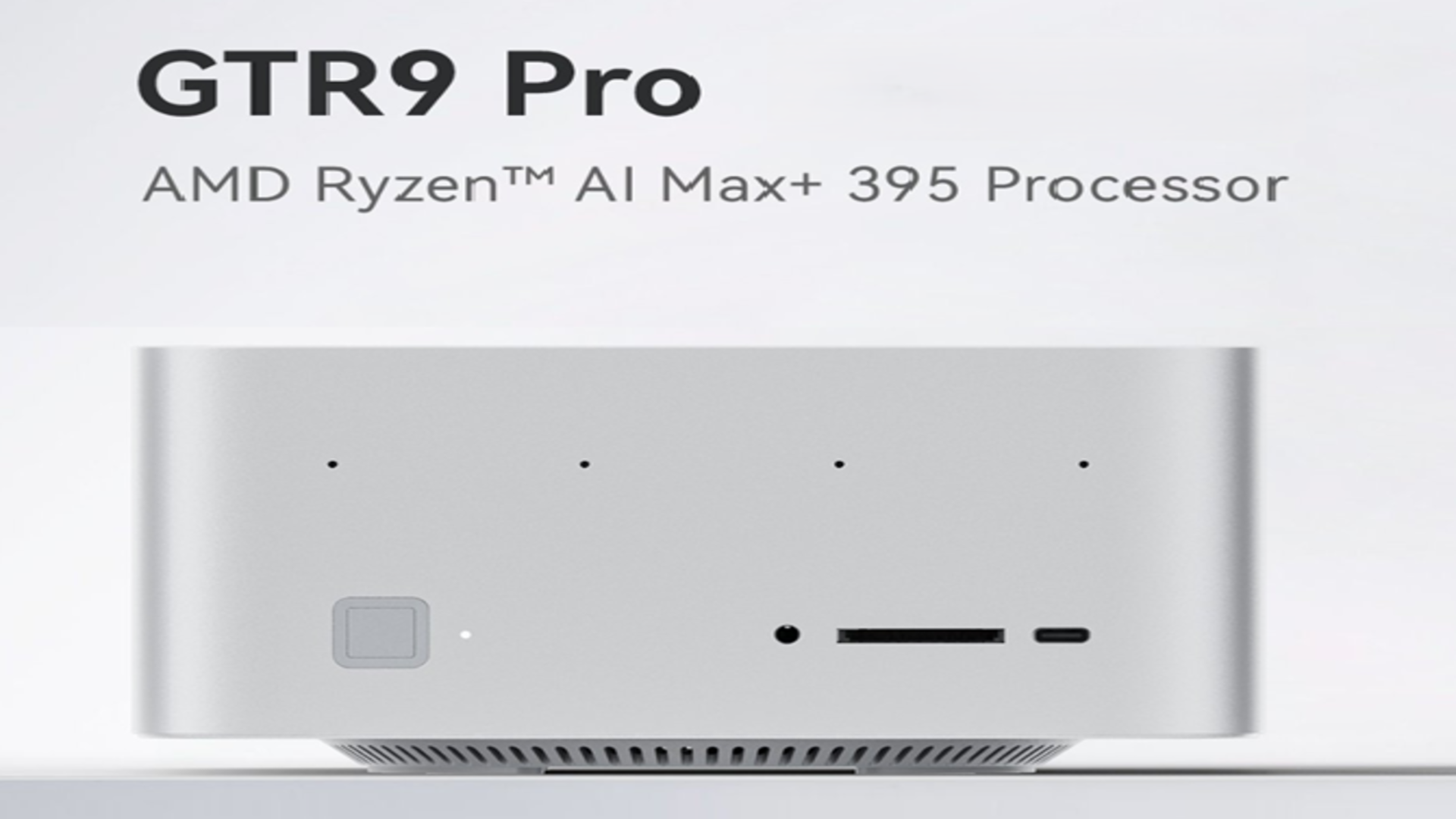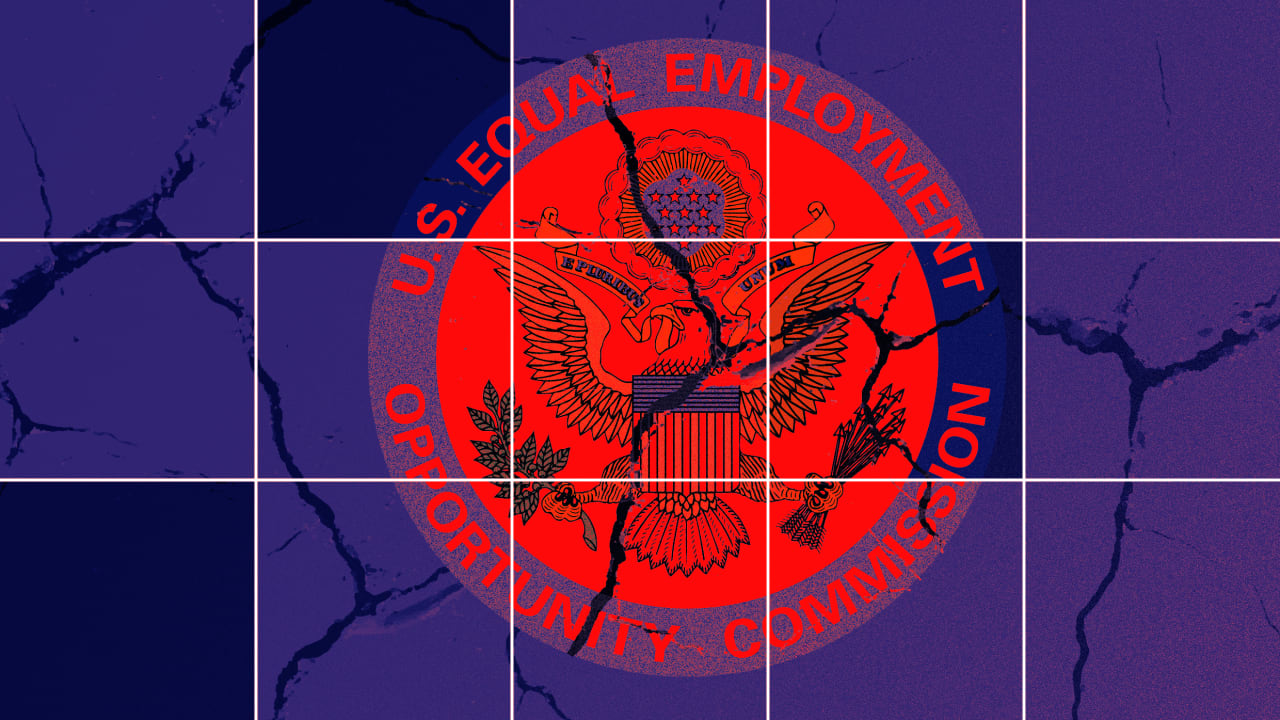How YouTube Shorts is taking on TikTok
When India banned TikTok in 2020, YouTube responded by launching a short-form video feature with a similar user experience in the country. Less than a year later, that feature rolled out globally as YouTube Shorts, which allows creators to post 180-second-long swipeable vertical content. Today, YouTube Shorts has roughly 1.5 billion users and receives an average of 70 billion daily views. With TikTok’s future in limbo in the U.S.—a much-delayed ban is set to take effect on June 19—Shorts is hoping that TikTok’s audience of almost 2 billion people will see it as a compelling alternative. YouTube is already the second-most visited site in the world, and the platform has spent years building a strong creator ecosystem. YouTube Shorts product lead Todd Sherman came on the Most Innovative Companies Podcast to talk working with creators, tweaking the Shorts algorithm, and competing with TikTok. It’s been five years since you launched YouTube Shorts in India. Why did you create the product, and why launch it in India first? I worked at Twitter when we had Vine and I recognized it as the beginning of something. Even though Vine didn’t continue forward, and other apps took its place, none quite had the same vibe. At YouTube, we wanted to get into short-form video. We felt like it was going to give a whole new generation of creators a voice and would also be really fun to watch short videos between moments throughout the day. India was an important proving ground. There’s a long tail of Android devices there and a lot of them are lower-end. There’s a massive group of creative people [there], and it has a really big population, so we wanted to plant a stake in that market. Around five years ago, as YouTube Shorts launched, TikTok took off in the Unites States. How did you think about that product as you were developing Shorts? A lot of people started paying attention to short form video when TikTok started to get scale. [But] I had been paying attention to it since Vine, and pushing for us to make progress there even before TikTok was a mainstream name. It’s interesting to take inventory of how short-form video evolved. At first it was just squarish videos with no algorithm and a really basic camera where you just held your finger on the screen to record segments. Then Dubsmash and Musical.ly really embraced the remix of the sound. They added the audio pivot page where you could see all of the other videos that were using that sound, but there still really weren’t great algorithms. What [TikTok developer and eventual Musical.ly acquirer] ByteDance did is they were applying machine learning algorithms to short-form video in a way that none of the other ones had been. I think the most impressive thing about the rise of TikTok is really their algorithm and how effective they are at finding videos that you want to watch, [while] also supporting creator growth. There’s always two sides to the algorithm. It’s how easy is it to get started and [get viewers] inspired, but then also how good is it at serving viewer needs? That continues to be a really bright spot for them. Something that is a huge commitment for us is improving the algorithm over time. Does the Shorts algorithm operate the same way as the longer YouTube one? There’s many things that are different in short form because you watch so many more of them. So you approach the amount of diversity across hundreds of videos across different topics or creators differently than if you’re serving people 10 or 15 videos a day that are longer form. In short form, you can proactively introduce people to new things more easily, because the cost of being wrong is a lot lower. Do Shorts viewers often click through to watch longer videos from creators they like? That’s one way that happens. We also try to understand these videos through technology. We try to know how videos are related, even if one is short or one is long. We feed these [videos] into what we call an embedding space that [has] a higher dimensional video understanding capability. And so that means a short video can sit in this spot [where] it shares space with longer videos. Because of that, we say to ourselves, here’s all the videos that you enjoy about training dogs, and maybe [some of them are] short videos. Because we have that understanding, we can start to recommend longer videos related to that. Does that work across categories? I like dance videos that are short. I might not actually longer dance videos. Longer ones tend to be more about choreography and I have zero hopes of ever dancing in any respectable way. So from a personalized point of view, I only like one and not the other, whereas for dog training or science videos, I may like both. So the algorithm is personalized. Last year, Shorts went from being one-minute long to three-minutes long. Why did you make that decision? We’re always listening to creators. Sometimes when people are telling a story, it

When India banned TikTok in 2020, YouTube responded by launching a short-form video feature with a similar user experience in the country. Less than a year later, that feature rolled out globally as YouTube Shorts, which allows creators to post 180-second-long swipeable vertical content. Today, YouTube Shorts has roughly 1.5 billion users and receives an average of 70 billion daily views.
With TikTok’s future in limbo in the U.S.—a much-delayed ban is set to take effect on June 19—Shorts is hoping that TikTok’s audience of almost 2 billion people will see it as a compelling alternative. YouTube is already the second-most visited site in the world, and the platform has spent years building a strong creator ecosystem. YouTube Shorts product lead Todd Sherman came on the Most Innovative Companies Podcast to talk working with creators, tweaking the Shorts algorithm, and competing with TikTok.
It’s been five years since you launched YouTube Shorts in India. Why did you create the product, and why launch it in India first?
I worked at Twitter when we had Vine and I recognized it as the beginning of something. Even though Vine didn’t continue forward, and other apps took its place, none quite had the same vibe. At YouTube, we wanted to get into short-form video. We felt like it was going to give a whole new generation of creators a voice and would also be really fun to watch short videos between moments throughout the day. India was an important proving ground. There’s a long tail of Android devices there and a lot of them are lower-end. There’s a massive group of creative people [there], and it has a really big population, so we wanted to plant a stake in that market.
Around five years ago, as YouTube Shorts launched, TikTok took off in the Unites States. How did you think about that product as you were developing Shorts?
A lot of people started paying attention to short form video when TikTok started to get scale. [But] I had been paying attention to it since Vine, and pushing for us to make progress there even before TikTok was a mainstream name. It’s interesting to take inventory of how short-form video evolved. At first it was just squarish videos with no algorithm and a really basic camera where you just held your finger on the screen to record segments. Then Dubsmash and Musical.ly really embraced the remix of the sound. They added the audio pivot page where you could see all of the other videos that were using that sound, but there still really weren’t great algorithms. What [TikTok developer and eventual Musical.ly acquirer] ByteDance did is they were applying machine learning algorithms to short-form video in a way that none of the other ones had been. I think the most impressive thing about the rise of TikTok is really their algorithm and how effective they are at finding videos that you want to watch, [while] also supporting creator growth. There’s always two sides to the algorithm. It’s how easy is it to get started and [get viewers] inspired, but then also how good is it at serving viewer needs? That continues to be a really bright spot for them. Something that is a huge commitment for us is improving the algorithm over time.
Does the Shorts algorithm operate the same way as the longer YouTube one?
There’s many things that are different in short form because you watch so many more of them. So you approach the amount of diversity across hundreds of videos across different topics or creators differently than if you’re serving people 10 or 15 videos a day that are longer form. In short form, you can proactively introduce people to new things more easily, because the cost of being wrong is a lot lower.
Do Shorts viewers often click through to watch longer videos from creators they like?
That’s one way that happens. We also try to understand these videos through technology. We try to know how videos are related, even if one is short or one is long. We feed these [videos] into what we call an embedding space that [has] a higher dimensional video understanding capability. And so that means a short video can sit in this spot [where] it shares space with longer videos. Because of that, we say to ourselves, here’s all the videos that you enjoy about training dogs, and maybe [some of them are] short videos. Because we have that understanding, we can start to recommend longer videos related to that.
Does that work across categories?
I like dance videos that are short. I might not actually longer dance videos. Longer ones tend to be more about choreography and I have zero hopes of ever dancing in any respectable way. So from a personalized point of view, I only like one and not the other, whereas for dog training or science videos, I may like both. So the algorithm is personalized.
Last year, Shorts went from being one-minute long to three-minutes long. Why did you make that decision?
We’re always listening to creators. Sometimes when people are telling a story, it just feels like they’re hitting against this wall. I would go to creator events and ask them what is on their wishlist. Especially amongst people that have this narrative-style storytelling where they’re scripting and there’s a dialogue, they were asking if they could get a little breathing room. It led us to say, we think that we can expand this while still preserving the shorter side of videos. Around a minute and 45 seconds-long, videos tends to be more narrative style, where you have beginning, middle, and end. We want all those stories to be told on YouTube.
You recently changed the way views are counted on the platform. Why is that?
On long-form YouTube, most engagement comes from people explicitly selecting a video. They’re tapping or they’re clicking and then they’re watching. The vast majority of engagement is explicit.
When we started auto-playing things, we asked ourselves, when should we count it as a view? Should it just be immediately? No, we think we should basically approximate it to be equivalent to when somebody clicked or tapped. So we started adding watch time thresholds. Then we inherited that for Shorts. But when we looked at Shorts and what people were telling us, they were telling us they expect it to start counting views [as soon as] they see the video. [We would] talk to new creators, and they’re like, I got zero views—no one saw my video. Actually, that wasn’t true. A lot of people liked their video, but no one watched the video up to the threshold that we define as a view.
Within short-form content, most engagement is not coming from explicitly selecting a specific video. It’s coming from people swiping in the feed. So it’s a bit of a redefinition of view. We made the decision [to count all views as views no matter the threshold] because the fundamentals of the product are that when people view your video, they’re just sort of swiping into it.
What are your conversations like with Shorts creators?
The scale of Shorts is now that we sort of have to segment creators to kind of talk about them. [Some] long-form creators are effectively production studios with teams.
When you think about how they like to use Shorts, they love it as either kind of a creative outlet to try something new. They use it as a testing ground for new ideas. And if something pops off there, then maybe they’ll go and invest 80 hours making a longer video.
Who are your favorite creators to follow?
I really like Nile Red. He’s this chemist. We watch a lot of his shorts in the living room because he does these little science experiments, and I have little kids. We recently watched one where he tried to make coffee end to end. I’ve also been getting into cooking videos. I don’t know how to cook well, but there’s something I love about watching people quickly prepare a meal. Ian Fujimoto has great storytelling and a great personality. There’s also Nick Suarez who has a channel The Nick of Time where they involve their family in internet trends.




